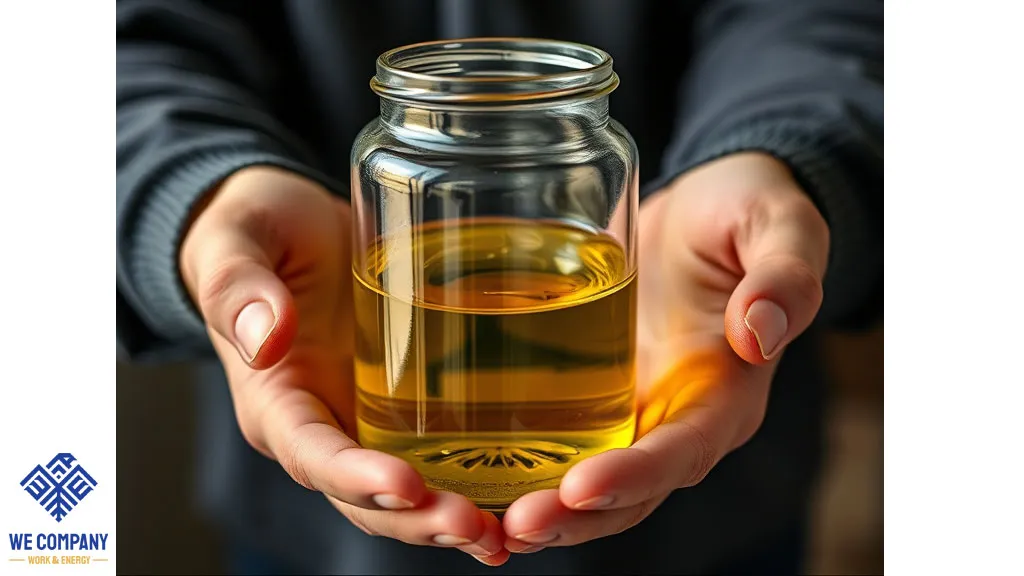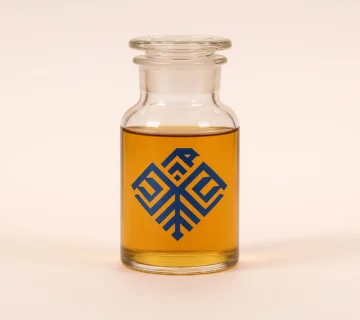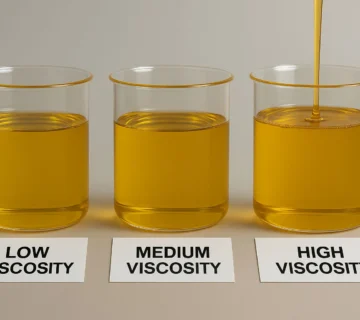What Are the Differences in Base Oil Groups? A Complete Guide
When it comes to formulating lubricants and oils, base oil plays a fundamental role in determining the performance and characteristics of the final product. Understanding the differences in base oil groups is essential for industries and consumers who rely on lubricants for various applications. In this guide, we will explore the key differences between base oil groups, helping you make informed decisions on which type best suits your needs.
What is Base Oil?
Base oil is the primary ingredient used to produce lubricants, such as motor oils, industrial oils, and hydraulic fluids. It serves as the foundation for creating additives and specialty lubricants tailored to specific applications. Base oils are categorized into different groups based on their chemical composition, refining process, and performance characteristics.
Overview of Base Oil Groups
The American Petroleum Institute (API) has classified base oils into five major groups: Group I, Group II, Group III, Group IV, and Group V. Each group has distinct properties that make them suitable for different applications. Let’s dive into the differences and characteristics of each group.
Group I Base Oils: Solvent-Refined Mineral Oils
Characteristics:
– Process: Solvent refining
– Saturation Level: Low (50-65%)
– Viscosity Index: Low (80-120)
– Sulfur Content: High
– Price: Economical
Group I base oils are traditional, solvent-refined oils that have been in use for many decades. They have a higher sulfur content and lower saturation compared to other groups, which makes them less stable in high-temperature environments. However, they remain an affordable option for general-purpose lubricants, industrial applications, and older engine models.
Common Uses:
– Engine oils for older vehicles
– Gear oils
– Hydraulic fluids
Group II Base Oils: Hydrocracked Mineral Oils
Characteristics:
– Process: Hydrocracking and hydrotreating
– Saturation Level: High (90-99%)
– Viscosity Index: Moderate (80-120)
– Sulfur Content: Low
– Price: Moderate
Group II base oils are refined using a hydrocracking process, which results in a more stable oil with higher purity and lower sulfur content. These oils are highly resistant to oxidation and perform better under high temperatures compared to Group I. They have become a popular choice in the automotive and industrial sectors due to their improved performance and affordability.
Common Uses:
– Automotive engine oils
– Industrial lubricants
– Hydraulic fluids
Group III Base Oils: Severely Hydrocracked Mineral Oils
Characteristics:
– Process: Severe hydrocracking
– Saturation Level: Very high (>99%)
– Viscosity Index: High (120+)
– Sulfur Content: Very low
– Price: Higher than Group I and II
Group III base oils undergo severe hydrocracking, resulting in oils that are nearly as pure as synthetic oils. They offer high thermal stability, excellent oxidation resistance, and improved performance in extreme temperatures. While they are still technically mineral oils, they are often labeled as “synthetic” due to their superior qualities.
Common Uses:
– Synthetic motor oils
– High-performance industrial lubricants
– Marine oils
Group IV Base Oils: Polyalphaolefin (PAO) Synthetics
Characteristics:
– Process: Synthetic, chemically engineered
– Viscosity Index: Very high (130+)
– Saturation Level: 100%
– Oxidation Stability: Excellent
– Price: Premium
Group IV base oils, commonly known as PAOs (Polyalphaolefins), are fully synthetic and chemically engineered to provide optimal performance. They offer superior cold-start fluidity, high oxidation stability, and excellent wear protection. Group IV oils are typically used in high-performance automotive and industrial applications where extreme temperatures and stress are present.
Common Uses:
– High-performance motor oils
– Gear and transmission fluids
– Industrial compressor oils
Group V Base Oils: Other Synthetics (Esters, Silicones, etc.)
Characteristics:
– Process: Synthetic, diverse chemistry
– Viscosity Index: Varies
– Saturation Level: Varies
– Price: Varies, typically high
Group V base oils include all synthetic oils that do not fit into the PAO category. This group includes esters, silicones, polyalkylene glycols (PAGs), and others. These oils are often used as additives to enhance the properties of other base oils or in niche applications where their unique characteristics are required. Group V oils are known for their high lubricity, thermal stability, and ability to handle extreme conditions.
Common Uses:
– Aviation lubricants
– Refrigeration oils
– Additives in automotive and industrial lubricants
Key Differences Between Base Oil Groups
- Refining Process: Group I oils are solvent-refined, while Group II and III oils are hydrocracked. Group IV and V oils are fully synthetic and chemically engineered.
- Purity: Group II and III oils have lower sulfur content and higher saturation levels compared to Group I, making them more stable and resistant to oxidation.
- Performance: Group IV and V oils offer superior performance, especially in extreme temperature conditions and high-stress environments, compared to Groups I, II, and III.
- Price: Group I oils are the most economical, while Groups III, IV, and V are more expensive due to their advanced refining or synthetic production processes.
- Applications: Different base oil groups are suited for various applications depending on factors like temperature, performance requirements, and cost considerations.
Conclusion: Choosing the Right Base Oil
Understanding the differences between base oil groups helps you choose the right type for your specific application. Whether you need an affordable solution for general lubrication or a high-performance oil for extreme conditions, each base oil group offers unique advantages.
For automotive needs, Group II and Group III oils provide a balance of performance and affordability. For high-performance or specialty applications, Group IV and Group V synthetics offer unparalleled efficiency and durability.
By selecting the correct base oil group, you ensure the longevity of machinery, reduce maintenance costs, and enhance overall performance.
Explore Our Full Range of Base Oils
Choosing the right base oil is crucial for ensuring optimal performance in your applications. At Work and Energy, we offer a comprehensive selection of high-quality base oils, covering all major groups to meet your specific needs.
Visit our Base Oil Category Page to explore:
- Group I, II, III, IV, and V base oils
- Detailed specifications for each product
- Packaging options and export delivery methods
Contact Us
Need help selecting the right base oil or want to request a quote? We’re here to assist you.
WhatsApp: (+971) 585992028
Phone: (+971) 58 599 20 28
Email: info@workandenergy.com
Office Address: No. 106, Sabkha Tower, Deira, Dubai, UAE
- LinkedIn: workandenergy
- Instagram: work and energy
Find the perfect base oil solution today!






1 Comment